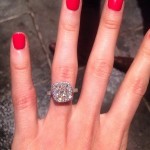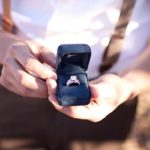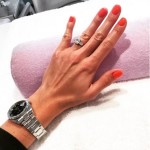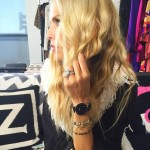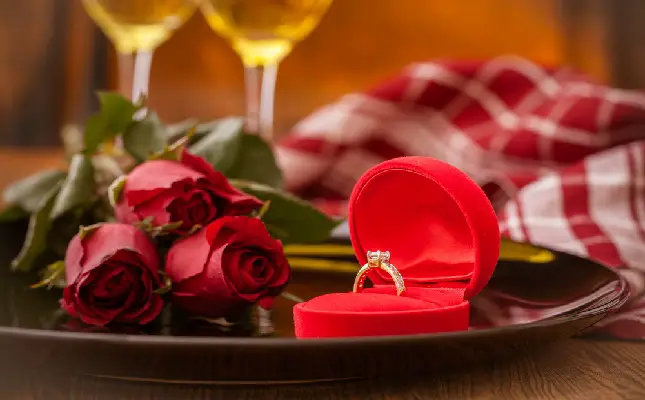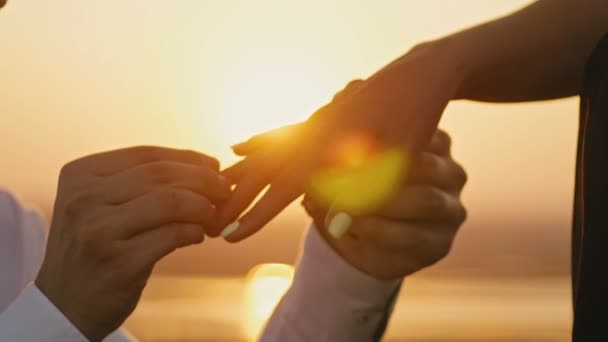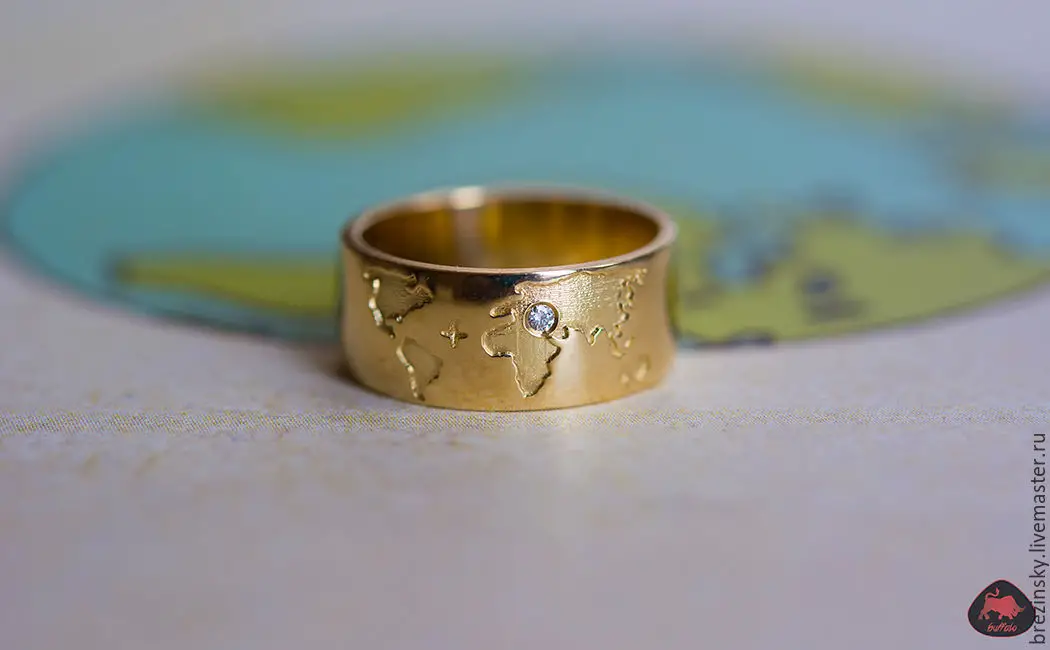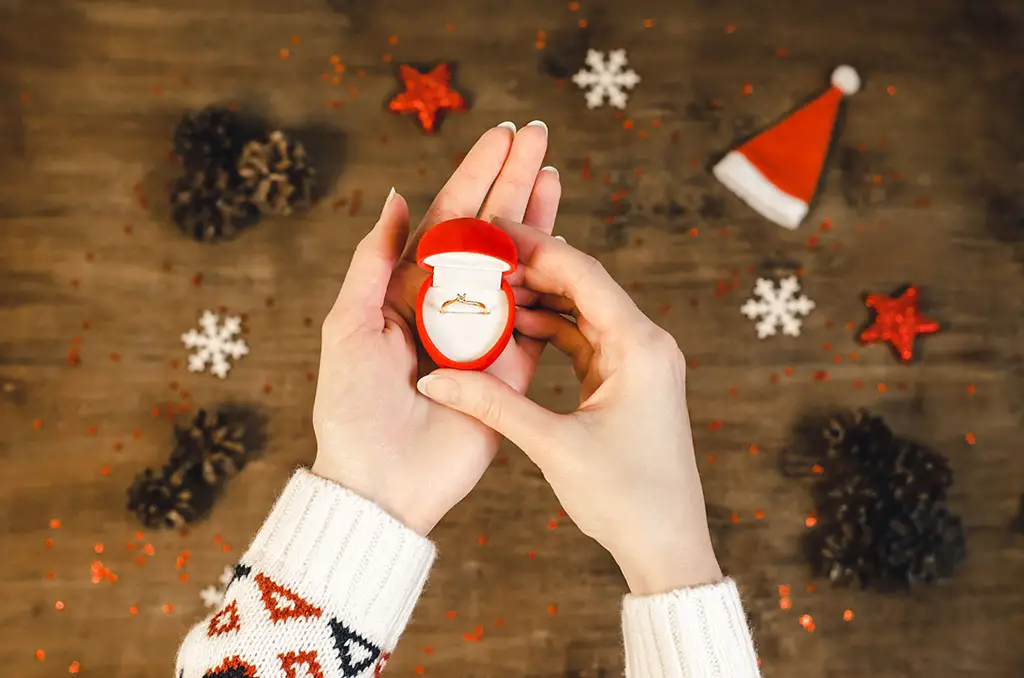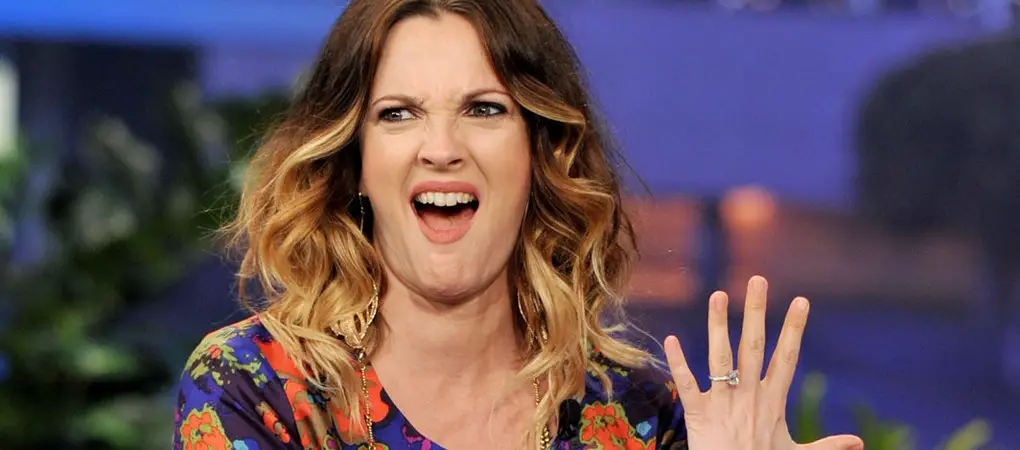If you’re on the hunt for an engagement ring, you’ll hear these two terms all the time. But what do they mean, and what’s the difference between the two? Allow us to explain…
Jewellers and gemologists like to use lots of fancy terminology to describe diamonds and gemstones. Us ordinary folk may describe a diamond as ‘sparkly’, ‘dazzling’, ‘glimmering’, or even ‘twinkling’. Jewellers also have many works to describe how a diamond shines, but they’re much more technical (no surprise there). To understand the two most common – fire and brilliance, we first need to understand what exactly gives diamonds their characteristic sparkle.
Rough diamonds are actually opaque. When they come out of the mine first, they look more like a chunk of glass rock than the perfect little jewel that sits on your finger. After being weighed and verified, each diamond is thoroughly analysed for internal inclusions and faults to determine how best to cut it and what shape and carat size (as well as other features) the final gem will take. This depends entirely on the individual characteristics of each stone, and it requires seriously expert-level skill.
Once that’s done, the diamond is cut into its final shape – round brilliant, princess, emerald, etc. The parameters are different for each shape, but cutters will strive for symmetry, good proportions, the correct length to width ratio, and the correct number of facets at the correct angles, all while maintaining the durability and beauty of the gemstone. It’s not an easy job! The reason for this strict attention to detail is not just to create a diamond that looks good. Proportions and facets affect how much light can enter the stone and how much of that light can be refracted back out of the stone. And that’s what gives a diamond its fire and brilliance, or ‘sparkle’.
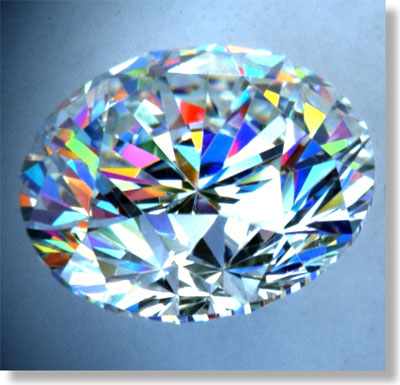
Brilliance
Brilliance is the colourless light that is reflected from a gem, and is only used in reference to transparent stones like diamonds (not coloured gems). A diamond’s brilliance is made up of bright and darker areas, which is why a good cut is so important to achieve good brilliance. Diamonds that are cut too deep or not deep enough will leak light from the back of the stone rather than reflecting it face-up, which will make them seem duller. Diamonds with shallow crown angles and large tables exhibit the best brilliance.
The contrast of light and dark areas is also an important factor. If you look at a diamond face up, you’ll see that the facets create some areas of brightness and some areas of shadow; the trick for the cutter is to achieve a good, symmetrical balance of both. Think of it like a chessboard compared to a plain white card; the former will seem brighter because when it’s moved, the black and white squares create contrast. The white card in comparison just looks ‘wiped out’.
Fire
Fire, on the other hand, is light dispersed across a diamond that exhibits flashes of rainbow colours. You’ll tend to notice this more when you look at your engagement ring in low lighting conditions. In contrast to brilliance, steep crown angles and small tables are better for producing fire; but this in turn produces less brilliance, so a diamond with a balance of both is the ideal that every cutter strives for. Many vintage diamonds will appear to have a lot of fire, because they’re cut this way.
You may also hear the term ‘scintillation’ used in conjunction with fire, brilliance or both. Scintillation is the interplay of both brilliance and fire in the diamond. Basically, a fancy word for overall sparkly-ness. If your diamond has a consistent spread of white and rainbow flashes, no matter which way you move it or which angle you look at it from, it’s a good one. Before you buy an engagement ring, make sure to look at it under different lighting conditions to check this out – jewellery stores are often specifically designed with lighting that accentuates fire and brilliance, and this can be misleading at times.
